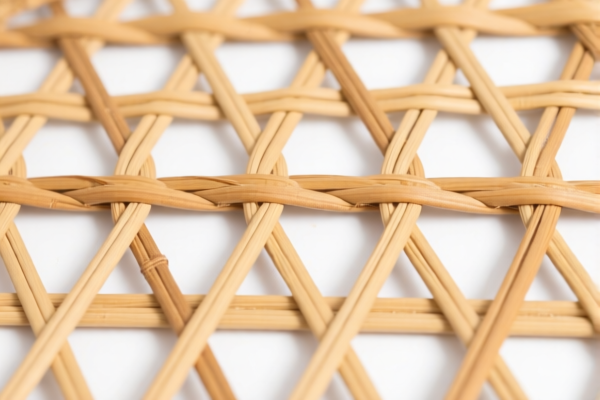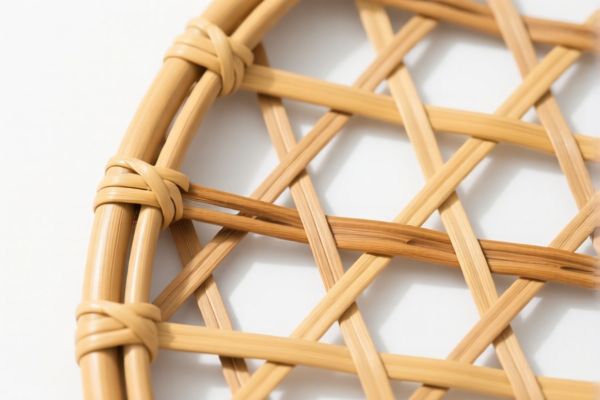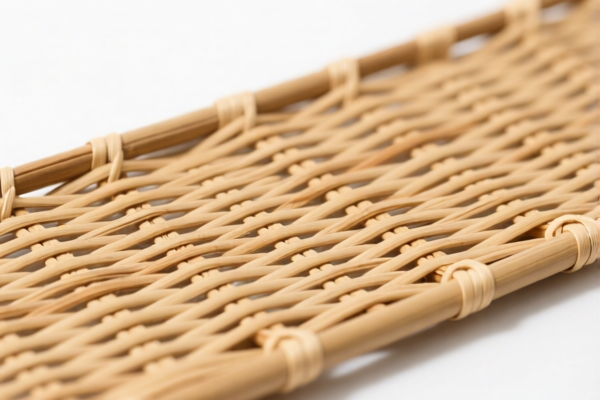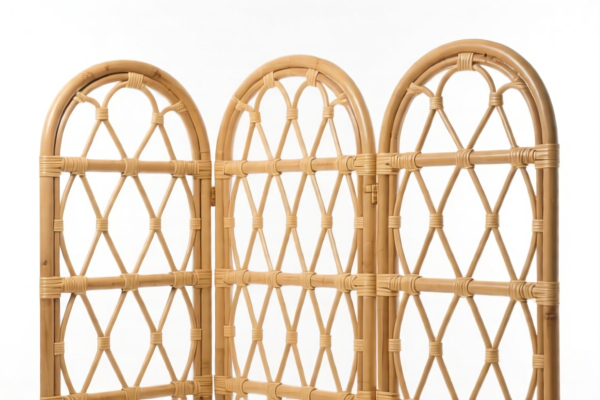| HS Code | Official Doc | Tariff Rate | Origin | Destination | Effective Date |
|---|---|---|---|---|---|
| 4601940500 | Doc | 57.7% | CN | US | 2025-05-12 |
| 4601942000 | Doc | 61.6% | CN | US | 2025-05-12 |
| 4602900000 | Doc | 58.5% | CN | US | 2025-05-12 |
| 8304000000 | Doc | 33.9% | CN | US | 2025-05-12 |
| 9403830001 | Doc | 55.0% | CN | US | 2025-05-12 |
| 6304996020 | Doc | 33.2% | CN | US | 2025-05-12 |
| 6304996040 | Doc | 33.2% | CN | US | 2025-05-12 |
| 3926903500 | Doc | 44.0% | CN | US | 2025-05-12 |
| 3921904090 | Doc | 34.2% | CN | US | 2025-05-12 |
| 3921905050 | Doc | 34.8% | CN | US | 2025-05-12 |




Simulated Rattan
Simulated rattan, also known as synthetic rattan, resin wicker, or all-weather wicker, is a manufactured material designed to mimic the appearance and texture of natural rattan. It is widely used in outdoor and indoor furniture, decor, and accessories.
Material Composition
Simulated rattan is typically produced from high-density polyethylene (HDPE) or polyvinyl chloride (PVC).
- HDPE: More common due to its durability, UV resistance, and recyclability. It's flexible, strong, and can withstand varying weather conditions.
- PVC: Less expensive than HDPE, but less flexible and prone to cracking in extreme temperatures.
The raw plastic is extruded into strands that are then woven around a frame, often made of aluminum or steel, to create the desired shape and structure. Colorants are added during the extrusion process, resulting in a wide range of available colors and finishes.
Purpose and Function
The primary purpose of simulated rattan is to provide a weather-resistant, low-maintenance alternative to natural rattan. It aims to replicate the aesthetic appeal of natural rattan while overcoming its limitations in terms of durability and susceptibility to environmental factors.
Key functions include:
- Weather Resistance: Resistant to rain, sun, and temperature fluctuations.
- Durability: Less prone to cracking, fading, or splintering compared to natural rattan.
- Low Maintenance: Requires minimal upkeep; easily cleaned with soap and water.
- Versatility: Can be used in both indoor and outdoor settings.
- Lightweight: Generally lighter than furniture made from solid wood or metal.
Usage Scenarios
Simulated rattan is commonly used in:
- Outdoor Furniture: Patio sets, lounge chairs, dining sets, sofas, and sectionals.
- Indoor Furniture: Living room sets, dining chairs, bedroom furniture.
- Decor: Baskets, lampshades, wall panels, headboards.
- Accessories: Plant pots, storage containers.
- Commercial Applications: Restaurants, hotels, resorts, poolside areas.
Common Types & Weaving Styles
Simulated rattan comes in various shapes, sizes, and weaving styles, impacting both the aesthetic and structural properties.
- Flat Wicker: Wide, flat strands, often used for dining chairs and tables. Offers a classic, traditional look.
- Round Wicker: Circular strands, providing a more textured appearance. Commonly used for lounge chairs and sofas.
- Half-Round Wicker: Combines the benefits of flat and round wicker, offering a balance of strength and aesthetics.
- Woven Styles:
- Open Weave: Creates a more airy and breathable design.
- Closed Weave: Provides a tighter, more solid surface.
- Basketweave: A traditional weaving pattern resembling a woven basket.
- French Weave: A more intricate and decorative weaving pattern.
Advantages and Disadvantages
Advantages:
- Weather-resistant
- Durable and long-lasting
- Low maintenance
- Versatile and lightweight
- Wide range of styles and colors
- Relatively affordable
Disadvantages:
- Can appear less natural than real rattan.
- May not be as strong as solid wood or metal furniture.
- Can become brittle in extremely cold temperatures (particularly PVC).
- Not biodegradable or easily recyclable (though HDPE is more recyclable than PVC).
Simulated rattan refers to products that mimic the appearance and texture of natural rattan, typically made from synthetic materials like plastic or artificial fibers. These products are often used in furniture, baskets, and decorative items, offering a durable and weather-resistant alternative to genuine rattan.
Here are the relevant HS codes based on the provided reference material:
- 9403830001: Furniture of other materials, including cane, osier, bamboo or similar materials: Of rattan Cribs. This code specifically covers furniture made from rattan, and by extension, could apply to simulated rattan furniture if it is structurally similar.
- 6304996020: Other furnishing articles, excluding those of heading 9404: Other: Not knitted or crocheted, of other textile materials: Other: Other Of artificial fibers (666). This code applies to furnishing articles made from artificial fibers, which could include simulated rattan items like mats or decorative pieces.
- 6304996040: Other furnishing articles, excluding those of heading 9404: Other: Not knitted or crocheted, of other textile materials: Other: Other Other: Other (899). This code also covers furnishing articles made from other textile materials, potentially including simulated rattan products.
- 3926903500: Other articles of plastics and articles of other materials of headings 3901 to 3914: Other: Beads, bugles and spangles, not strung (except temporarily) and not set; articles thereof, not elsewhere specified or included: Other. If the simulated rattan is in the form of plastic beads or components used in larger articles, this code may be applicable.
- 3921904090: Other plates, sheets, film, foil and strip, of plastics: Other: Other: Flexible Other. This code could apply if the simulated rattan is manufactured as plastic sheets or film.
- 3921905050: Other plates, sheets, film, foil and strip, of plastics: Other: Other: Other Other. This code also applies to plastic sheets or film, potentially covering simulated rattan materials.
Please Note:
- The classification of simulated rattan depends heavily on its composition and intended use. If the product is furniture, 9403830001 is the most likely candidate. For furnishing articles that are not furniture, 6304996020 or 6304996040 may be more appropriate.
- If the simulated rattan is made of plastic and is not a finished article, codes within 3921 or 3926 may apply.
- Regarding HS code 9403830001, the reference material specifies "Of rattan Cribs," so it's important to confirm if the simulated rattan product is structurally similar to a rattan crib.
- Regarding HS codes 6304996020 and 6304996040, the reference material indicates these codes apply to articles "Not knitted or crocheted," so ensure the simulated rattan product meets this criterion.
Customer Reviews
No reviews yet.